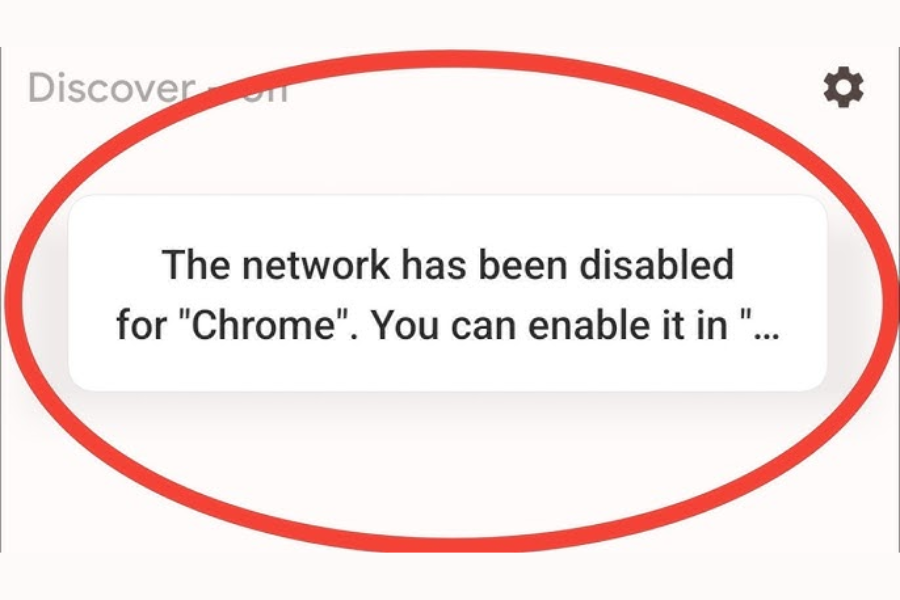The phrase “Amity Network is already disabled” typically indicates a state where network access is no longer available due to various technical or security-related reasons. This situation often occurs in systems that have undergone transitions, updates, or even shutdowns, leaving users unable to connect as they once did. The disabling of the Amity Network could be a deliberate decision by developers or administrators or a response to emerging vulnerabilities within the system. A critical consequence of this is the system’s inability to provide essential services that users once relied on, such as secure connections and access to resources.
The Impact of Operating in an Unsecure Mode
When the Amity Network is disabled, one significant concern is the implication of operating in an unsecured mode. In some cases, when secure mode is disabled, users might still be able to access the Amity server, but under potentially vulnerable conditions. For instance, users might attempt to connect by calling the API endpoint /API/v3/session using an API key and user ID. While this method enables connection to the Amity server, it may expose the system to security risks due to the absence of encryption or secure authentication protocols.
With the Amity Network disabled, users may attempt to bypass standard security protocols, which previously protected their sessions. This scenario opens up significant concerns for both users and developers. A network that once offered robust encryption now becomes susceptible to malicious attacks, including potential unauthorized access. As a result, the disabling of the Amity Network introduces significant security risks for all stakeholders involved.
How Does Disabling the Amity Network Affect System Integrity?
In environments where security is a priority, the fact that the Amity Network is disabled can severely compromise overall system integrity. Disabling secure mode may result in the network no longer adhering to best practices for data protection, encryption, and user authentication. This issue is especially problematic for applications that rely on the network to function securely. Without secure mode, unauthorized entities could intercept data, potentially leading to data breaches or information leaks.
Moreover, the disabling of the Amity Network may create compliance challenges, particularly in industries with strict security regulations. For example, regulations such as the GDPR or HIPAA mandate that networks remain secure to protect sensitive personal or healthcare information. In this scenario, a disabled network with insecure protocols could lead to penalties and damage to an organization’s reputation.
Troubleshooting Connection Issues
When faced with the reality that the Amity Network is disabled, some users may turn to alternative connection methods, such as direct API calls. Specifically, users might use the API key and user ID to establish a session by calling /API/v3/session. While this approach might allow for continued access to some services, it does so without the protections provided by secure mode, leading to numerous risks.
With the Amity Network disabled, connecting via the API can be a complicated process. Users need to ensure that their credentials are still valid and that the API key and user ID match what the system expects. Despite this method being operational, users should be cautious of the risks associated with operating in an unsecured mode, which is why network administrators often choose to disable such features.
Why is the Amity Network Already Disabled? Possible Reasons
Several factors could lead to the Amity Network being disabled. First, it could be the result of an intentional decision to retire a product or service. Developers may decide that a service is no longer viable or needs to be replaced with a more secure option, leading them to disable the network entirely. Another possibility is that the network was disabled in response to security vulnerabilities, particularly if the secure mode has been compromised or if continuing to operate the network poses a risk to users.
Migration to a newer system could also be a reason for the network being disabled. In many cases, networks are updated to support new security protocols, user interface enhancements, or performance improvements. In such scenarios, the old Amity Network would be turned off in favor of a more robust platform that addresses previous shortcomings.
Moving Forward: Handling a Disabled Network
When the Amity Network is disabled, users have a few options moving forward. One option is to switch to another secure network, if available. If developers have released a replacement, transitioning to the new platform is recommended to avoid the risks associated with operating in unsecured mode. For users relying on API calls, while connecting to /API/v3/session may still be possible, it is crucial to understand the security concerns associated with bypassing standard security measures.
Another course of action is to seek official support from Amity’s developers or network administrators. Often, a disabled network signals that a more secure or updated version is in development, and users may be advised to wait for new releases that address current system gaps. Regardless of the chosen approach, the priority should always be on ensuring security and minimizing risks associated with using an unprotected system.
Conclusion
When the Amity Network is disabled, users face both technical and security challenges. While it might still be possible to connect to the server by calling the /API/v3/session endpoint with an API key and user ID, it is vital to recognize the significant dangers of continuing to operate in this manner. The risks to data integrity, security, and compliance are substantial when secure mode is no longer active. Therefore, users and administrators must prioritize transitioning to more secure solutions to protect their systems and data.
Discover innovative insights, expert analyses, and trending topics at Bunk Knot.

